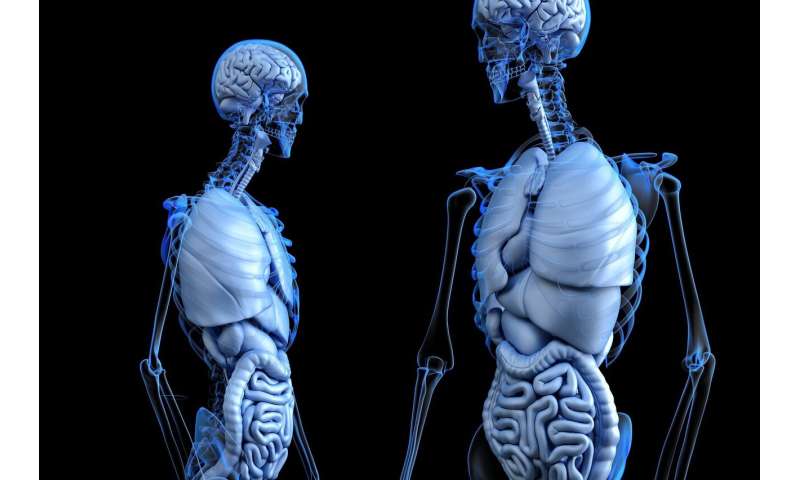Liver research reveals structure of blood flow architecture, holding promise for transplants

The liver is not only the largest organ in the body but also plays one of the most important roles in human metabolism as it transforms toxic substances in the body. Understanding the way its blood vasculature works is crucial, particularly during organ transplant. As the new organ may be larger or smaller than the original, whether the blood circulation will adapt to the change in size is one of the most critical factors in the transplant’s success. College of Engineering Chair Professor Dr. Sylvie Lorente, Mechanical Engineering, is part of an international team whose research shows that the challenge of predicting the liver vessel network can be met thanks to the constructal law of design evolution.
The team’s work unveils the structure of the liver blood flow architecture as a combination of superimposed tree‑shaped networks and a porous system. A main blood vessel (trunk) is connected to smaller vessels (branches), which are connected to smaller and smaller branches. Dr. Lorente notes: “The liver is fascinating because blood enters through two of those trees and goes out through one single tree. The connection between them occurs through micrometrics elements, the lobules, which behave like a porous material.”
Published in Scientific Reports, “The liver, a functionalized vascular structure,” explains how the organ’s entire blood circulation can be predicted as a design that evolved toward configurations with increasingly less resistance to the flows that go through them.
Source: Read Full Article
